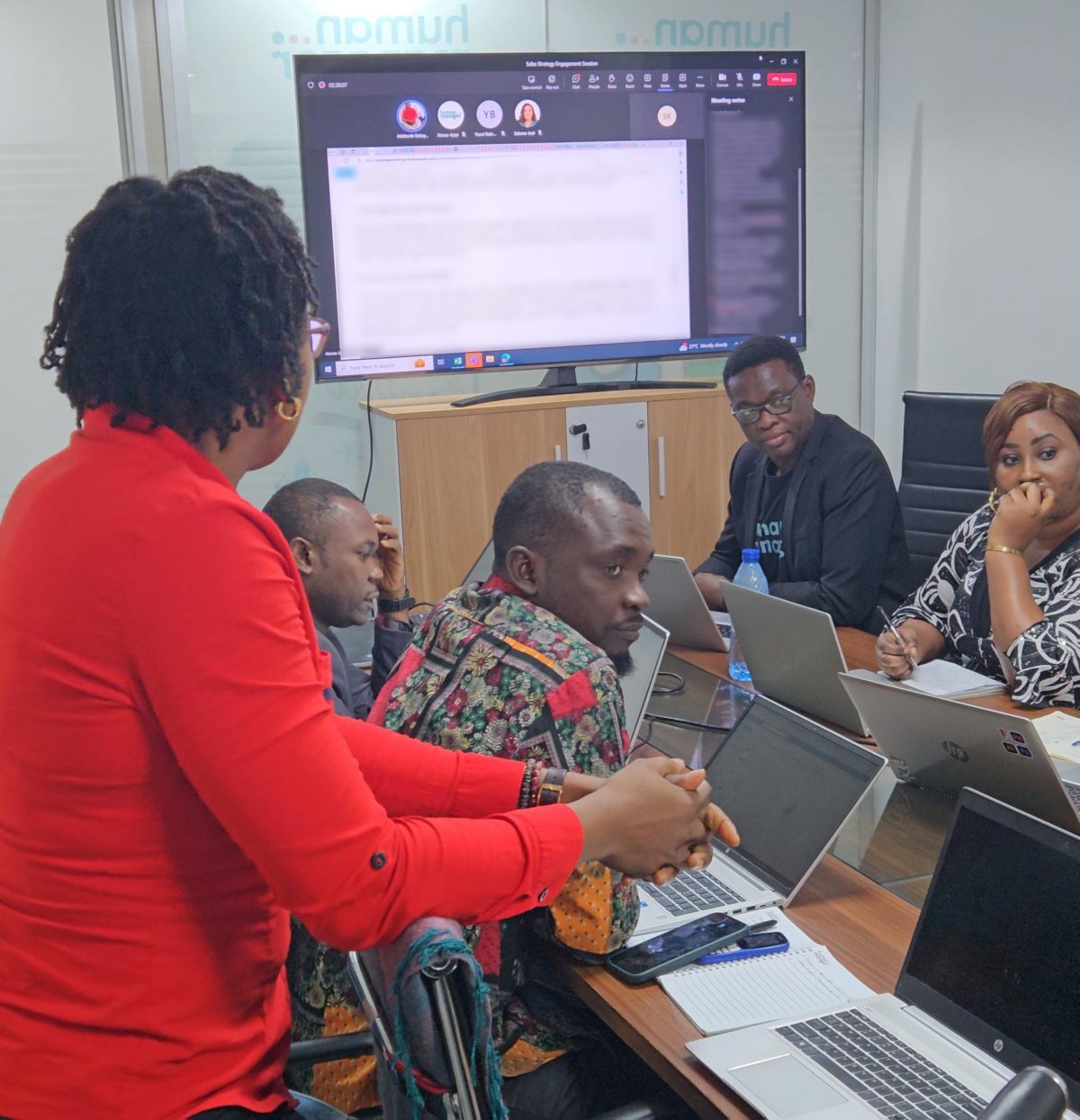By Olakunle Yusuff
As we approach the end of the year, it is common practice for individuals and organisations to reflect on the journey so far and set their sights on the opportunities ahead. Organisations usually plan strategies that maximise employee potential and align individual contributions with broader goals, while individuals redefine their goals and position themselves as indispensable assets in their workplace.
Whether you’re an employer or an employee, 2025 presents a fresh canvas to stand out and make a lasting impact. To do this, you must focus on the following:
- Embrace Lifelong Learning
Continuously upskill to stay relevant in your field by learning digital skills such as Artificial Intelligence (AI), data analytics, and automation tools and soft skills like emotional intelligence, adaptability, and collaboration.
Take advantage of online learning platforms like Coursera, LinkedIn Learning, or company training programs. Also, volunteer to be a part of impromptu projects within the organisation. This allows you to work with that person that you admire their skills.
- Prioritise Adaptability
No doubt, the pace of change in technology and business models will accelerate. Therefore, be open to learning and adopting new tools, workflows, and roles. You must show flexibility in taking on cross-functional tasks or projects. Be on top of the changes that are going on in your industry and share what you know with others.
- Leverage Technology
Master tools that enhance productivity, collaboration, and innovation. Automation is now the order of the day, which automation tools are you learning and mastering in 2025? What automation tool is available to make your current job role easier and ultimately more enjoyable? Find it, learn it, master it.
- Focus on Impact
Identify ways your role contributes to organisational success and align your work with the company’s goals and measurable outcomes. Also, regularly report and celebrate milestones achieved.
5. Cultivate a Personal Brand
This is one that many do or have not given a thought. A strong professional identity sets you apart. Build an online presence on LinkedIn or industry-specific platforms. Join industry-specific groups, participate in discussions, ask relevant questions and share thought leadership content, such as articles, tips, or case studies.
6. Foster Strong Relationships
Network within and outside your organisation. The easiest way to start this is by seeking and offering mentorship to others. Attending virtual and in-person industry and social events to expand your connections to get in the mix of what’s going on. If you can afford it, join a social club; while it is good for business, it also might be good for your well-being.
7. Prioritize Wellness
Incorporate wellness practices to stay productive and maintain mental health. Pay attention to what you eat and drink, set boundaries for work hours, participate in wellness programs and adopt mindfulness techniques. Now is the time to have your physician on the speed dial, especially if you are over 40.
8. Be Proactive and Innovative
Take the initiative to solve problems and improve processes. regularly suggest ideas for efficiency or innovation. Stay informed about trends and propose how they can benefit your team.
9. Develop Leadership Skills
Employers value employees who can lead projects and inspire teams. Again, volunteer for leadership opportunities in projects. Take courses in conflict resolution, team management, and strategic thinking. These are soft skills that you would find helpful even outside of the workplace.
By focusing on these areas, you will thrive in your role and position yourself as an asset in a rapidly evolving workplace. Which of these strategies would you like to explore? You do not have to do all the above at once; it is a process that you should enjoy as you strive to be and do better in 2025.













